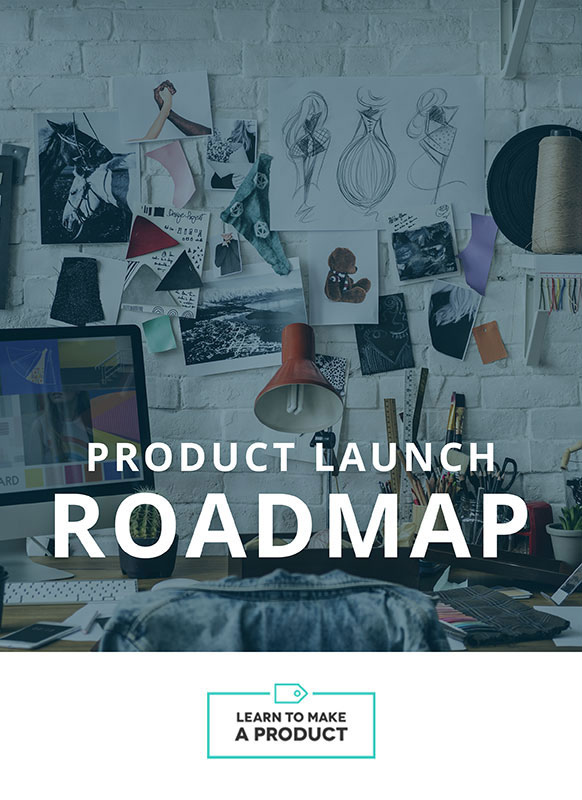This article originally appeared on our Forbes blog
When you’re learning as you go, as many first-time entrepreneurs are, each lesson comes with a price tag. Whether it’s a lost client, a quality problem, or an unforeseen delay, it almost always involves a cost you didn’t intend to pay. While in the short-term this can be painful, the key is to mine these losses so that future experiences aren’t quite so “expensive”!
In 2010 my company–a two-year old reusable bag brand–was starting to gain traction, producing orders for some of the world’s top retailers. We had just partnered with a large non-profit to create bags for a new fundraising campaign, and because of the tight deadline, brought on a new factory to produce the goods.
Everything was moving along as planned until the client reviewed a sample created by the new factory. Though happy with the bag’s quality, they requested a color change to one of the printed graphics because it didn’t match their existing swag and collateral. Naturally, we communicated the adjustment to our production manager, assuming the simple switch would be made without a hitch! However, our request was met with the following reply: “Sorry, that isn’t possible. The full order has already been made and is ready to ship. Please advise.”
From there, things quickly went south. Even though the color change was minor, the client was unwilling to accept the product as is. And because we couldn’t produce a new batch of bags before their deadline, the only option was to cancel the order completely. To make matters worse, the factory wouldn’t accept any responsibility for the snafu, claiming that they had started production in order to meet our ship date, and that the sample sent was strictly “for reference,” and not a form of approval. While their practices were questionable–since approval by way of a pre-production sample is standard–we had other time-sensitive orders in-process that would have been jeopardized by a refusal to pay, and had to go along with their demands. So, in addition to refunding the client and losing a significant sale, we still had to foot the entire bill.
Here’s what I learned from losing a big chunk of money in a short amount of time.
Have A Process For Everything
A fiasco like this could easily have been avoided. How? By creating and following a simple process to officially greenlight production. I advise all brands I work with to communicate to their supplier–in writing and prior to submitting a purchase order–that all samples will have to be approved using a specific form, and that manufacturing will not begin until the form has been received by the factory. We then identify the key personnel involved in the review process and ensure that everyone understands their role.
A system like this is not difficult or expensive to implement, yet it’s normal for new entrepreneurs to feel that formality is an overkill if an organization is still small. In fact, the opposite is true for small, budding businesses. Such systems are not only helpful for staying organized in the present, but also function as the building blocks of what your entity can become. Establishing clear guidelines and procedures is a must-have if you want to scale and experience healthy growth.
Just like the human body ingests and digests nutrients in precise ways in order to grow, a business must have consistent systems in order to retain and leverage its resources (i.e. customers and money). On the other hand, disorder and disorganization cause resources to leak out, as I so painfully learned.
Know When To Say No
His loss could also have been avoided had we simply declined/refused the order. Tight timelines are never ideal, but for new entrepreneurs they can be especially detrimental. That’s because the learning curve is steeper, and inexperience makes it harder to anticipate exactly what could go wrong. Throw in a wild card like a new supply partner or a product you’re producing for the first time and it’s definitely risky business!
Further, if you try to beat the clock and end up failing (i.e missing a deadline or delivering a poor quality product), it’s likely you’ll lose the customer involved for good. But if you politely decline and continue to nurture the relationship, you still have the opportunity to secure repeat business down the road.
It’s always painful to turn down work, but discernment and patience are key to long-term success. Trust that there will be other opportunities!
Always Build In A Buffer
When you do say yes, be realistic. Building in a buffer might mean not “wowing” the client with a super-fast turnaround, but it performs the dual role of managing customer expectations and giving you a window of opportunity to correct course if things go awry.
In this particular scenario, a built-in buffer would have allowed us to re-make the bags and deliver the order as planned. Discarding a batch of inventory is still a waste of time, money, and resources; however, the result is certainly less painful, as the customer’s total payment is likely to cover the cost of a second run. In our case we would have broken even, a much preferred outcome!
—



